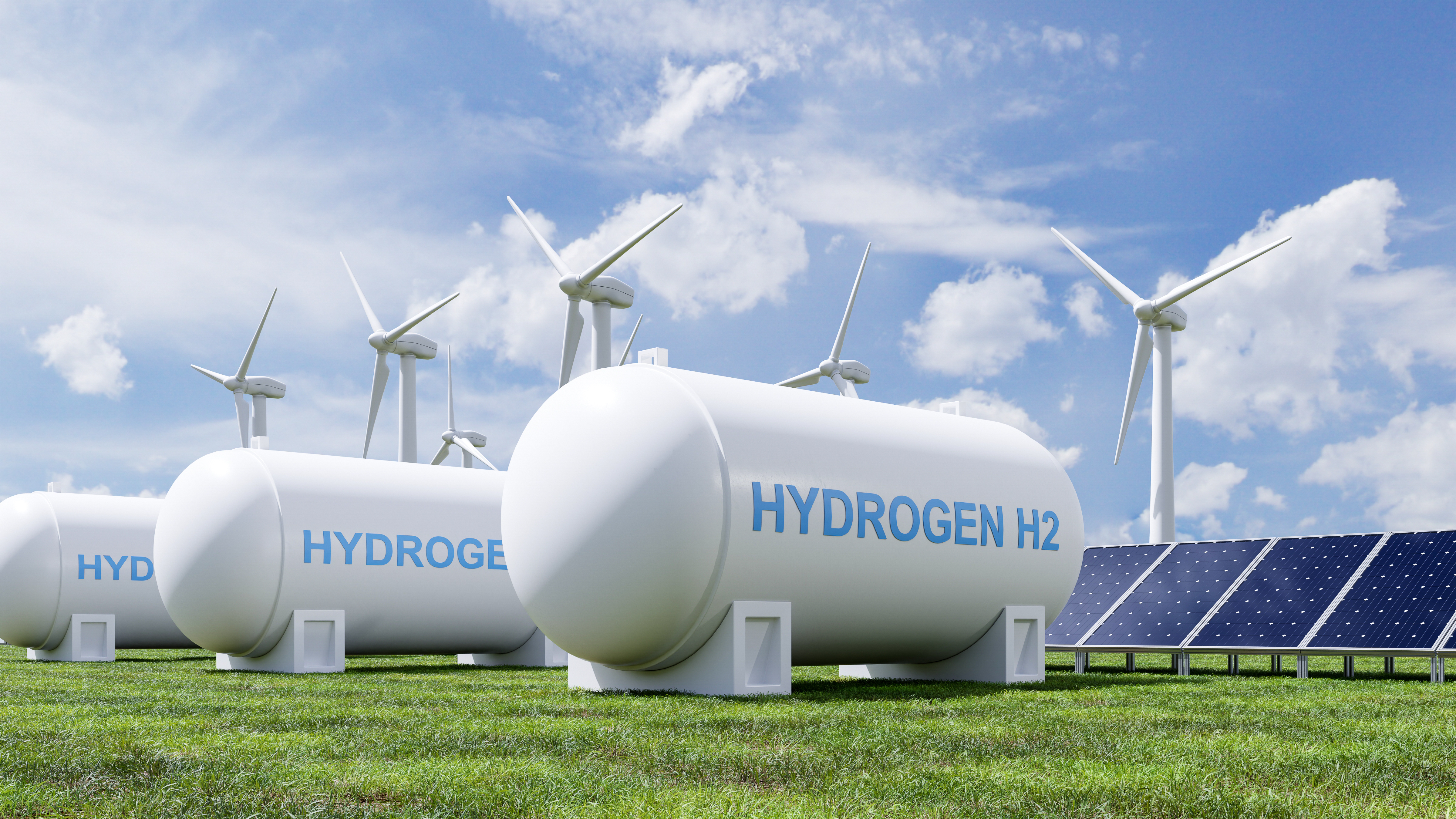Application
- Home
- Application

Grid Balancing
With the widespread use of renewable energy, maintaining grid balance and stability has become increasingly important. The intermittent nature of solar and wind power makes supply-demand matching a challenge, and hydrogen technologies, particularly hydrogen fuel cells and hydrogen storage systems, have become key solutions for grid balancing.- Auxiliary Services:Hydrogen fuel cells can quickly respond by adjusting power output, stabilizing grid frequency and voltage, reducing risks from fluctuations, and ensuring continuous energy supply.
- Long-term Energy Storage: Hydrogen can store excess renewable energy during low-demand periods and release it during peak times, providing long-term storage across weeks, months, or even seasons, ensuring stable power supply.
- Demand Response: Hydrogen technology can flexibly manage power demand, reducing load or increasing storage through coordinated operation, helping the grid better integrate intermittent renewable energy.
